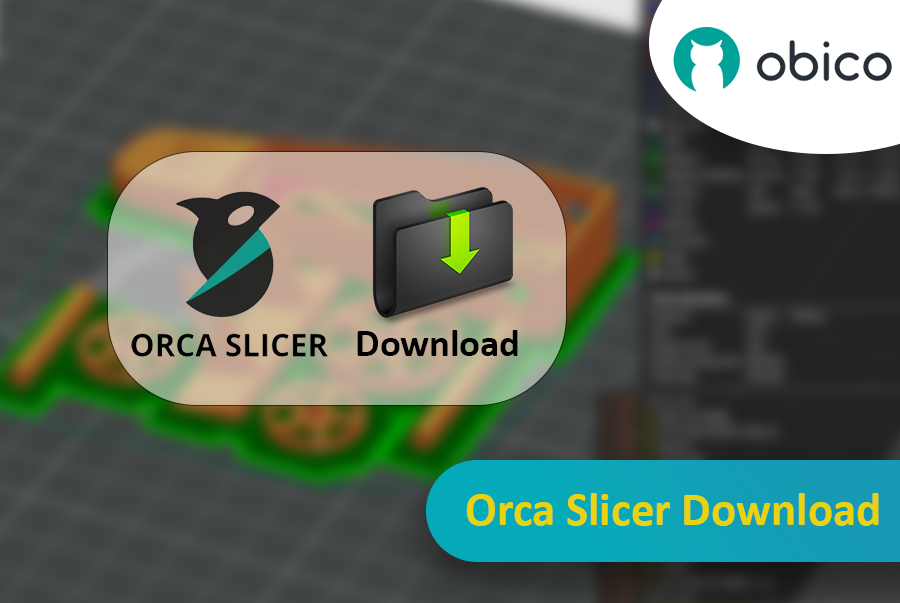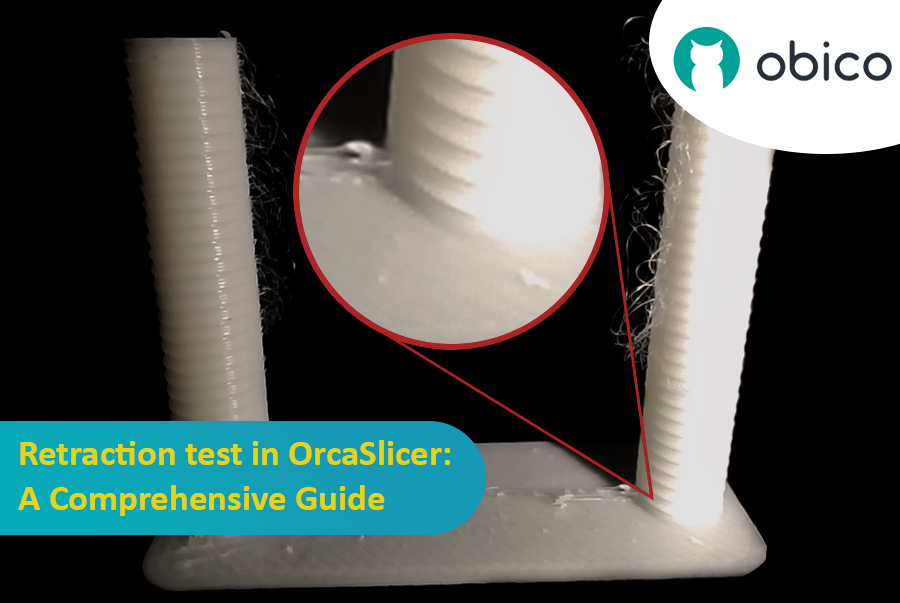Try JusPrin, the first GenAI 3D printing tool built on OrcaSlicer.
If you are into 3D printing, you must have used Cura or PrusaSlicer to slice your models. These tools are necessary for converting any 3D model into G-code, which contains instructions your machine can execute to actually print your model. However, there is always room for new software that provides different features and options.

Orca Slicer is what you need. It’s free and built on Bambu Studio. It gives you more ways to customize, control, and get precise results for your prints. If you’re a beginner looking for ready-made profiles or an experienced user looking for advanced settings, Orca Slicer has you covered.
Orca Slicer started as a fork from Bambu Studio, which in turn is based on PrusaSlicer, one of the most widely used open-source slicing software. It was developed by SoftFever. It rapidly gained traction due to the increased number of printer profiles and more advanced print calibration options. It's particularly helpful if you want more control and detail over how your 3D models turn out.

